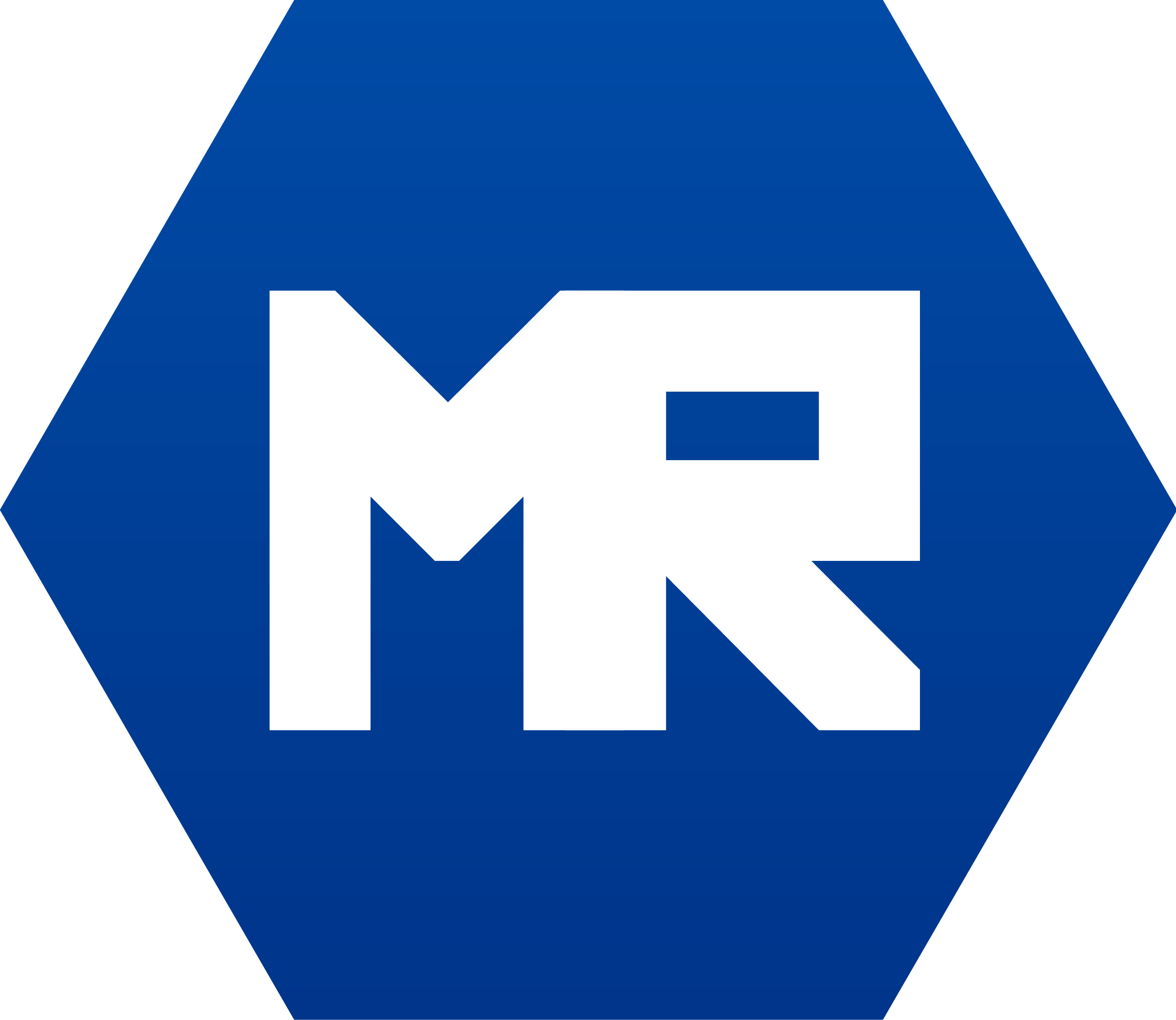Nachdem der Blockchain-Hype sich gelegt hat, stellt man sich die Frage, welche Use Cases die für Blockchain für unserer Gesellschaft denkbar sind. Nachfolgend präsentieren wir einen möglichen Use Case. Bezieht man heutzutage Strom, dann kommt dieser meist von einer zentralen Stelle, wird durch ein zentral verwaltetes Stromnetz transportiert und landet am Ende beim Verbraucher. Diesen Weg ist der Strom bisher immer gegangen. Das lag hauptsächlich daran, dass nicht viele Haushalte in der Lage waren, ihren Strom selbst zu produzieren. Mit den aktuellen Entwicklungen im Bereich Smart Grid und Blockchain könnte sich das jedoch schnell ändern.
Endverbraucher werden zu Produzenten
Nun werden Endverbraucher selbst zu Produzenten, in denen sie mit neuartigen Solarmodulen auf dem Dach selbst Strom in ein Netz einspeisen können. Viele Anbieter von Invertern, Solarpanels und Energiespeichern drängen auf den Markt und bieten Endkunden damit eine Lösung an, um selbst Strom zu produzieren. Wird dieser Strom mal nicht gebraucht, so kann der Produzent die nicht benötigte Energie der Nachbarschaft zur Verfügung stellen. Diese Aufgabe erledigt das Smart Grid. Dieses Stromnetz ist dahingehend intelligent, dass es eine intelligente Verteilung des Stroms ermöglicht.Die Rechnung von der Blockchain
Nun ermöglicht es die Blockchain, die Menge des Stroms zu fälschungssicher zu tracken, die ein bestimmter Haushalt in das Smart Grid abgegeben hat. Die Blockchain ermöglicht ein transparentes Erfassen, des angebotenen Stroms und der abgenommenen Menge. Da diese Form von Anbieten und Abnehmen von Energie wie ein Marktplatz funktioniert, kann die Blockchain über Smart Contracts auch automatisiert Abnahmevereinbarungen abschließen. Ein in ein bestimmtes Bockchain-Protokoll integrierter Smart Contract führt damit alle Aktionen bis zu einem Agreement durch und der Strom kann fließen.Buchempfehlung zum Thema
 In ihrem Buch Token Economy beschreibt Shermin Voshmgir sehr detailiert, was die Blockchain eigentlich ist, wie Tokens in der Zukunft designed werden und welche Anwendungsfälle für diese Tokens existieren. Sie beleuchtet sowohl die bisherige Entwicklung von Tokens auf der Blockchain als auch die zukünftige Ökonomie, die um diese Tokens entstehen kann.
[:en]After the blockchain hype has subsided, the question arises as to which use cases for blockchain are conceivable for our society. Below we present a possible use case.
If you buy electricity nowadays, it usually comes from a central location, is transported through a centrally managed power grid and ends up with the consumer. So far, electricity has always followed this path. This was mainly due to the fact that not many households were able to produce their own electricity. However, this could change quickly with the current developments in the field of smart grids and blockchain.
In ihrem Buch Token Economy beschreibt Shermin Voshmgir sehr detailiert, was die Blockchain eigentlich ist, wie Tokens in der Zukunft designed werden und welche Anwendungsfälle für diese Tokens existieren. Sie beleuchtet sowohl die bisherige Entwicklung von Tokens auf der Blockchain als auch die zukünftige Ökonomie, die um diese Tokens entstehen kann.
[:en]After the blockchain hype has subsided, the question arises as to which use cases for blockchain are conceivable for our society. Below we present a possible use case.
If you buy electricity nowadays, it usually comes from a central location, is transported through a centrally managed power grid and ends up with the consumer. So far, electricity has always followed this path. This was mainly due to the fact that not many households were able to produce their own electricity. However, this could change quickly with the current developments in the field of smart grids and blockchain.
End consumers become producers
Now end consumers themselves are becoming producers in which they can feed electricity into a network themselves using innovative solar modules on the roof. Many providers of inverters, solar panels and energy storage devices are entering the market and are offering end customers a solution to produce their own electricity. If this electricity is not used, the producer can provide the energy that is not required in the neighborhood. The Smart Grid does this. This power grid is intelligent in that it enables intelligent distribution of the electricity.The bill from the blockchain
Now the blockchain makes it possible to track the amount of electricity that a particular household has given to the smart grid in a way that is not counterfeit-proof. The blockchain enables transparent recording of the electricity offered and the quantity purchased. Since this form of offering and purchasing energy works like a marketplace, the blockchain can also automatically conclude purchase agreements via smart contracts. A smart contract integrated into a specific Bockchain protocol therefore carries out all actions up to an agreement and the electricity can flow.Book Recommendation
 In her book Token Economy, Shermin Voshmgir describes in great detail what the blockchain actually is, how tokens will be designed in the future and what use cases exist for these tokens. It highlights both the development of tokens on the blockchain to date and the future economy that can arise around these tokens.
[:]]]>
In her book Token Economy, Shermin Voshmgir describes in great detail what the blockchain actually is, how tokens will be designed in the future and what use cases exist for these tokens. It highlights both the development of tokens on the blockchain to date and the future economy that can arise around these tokens.
[:]]]>
